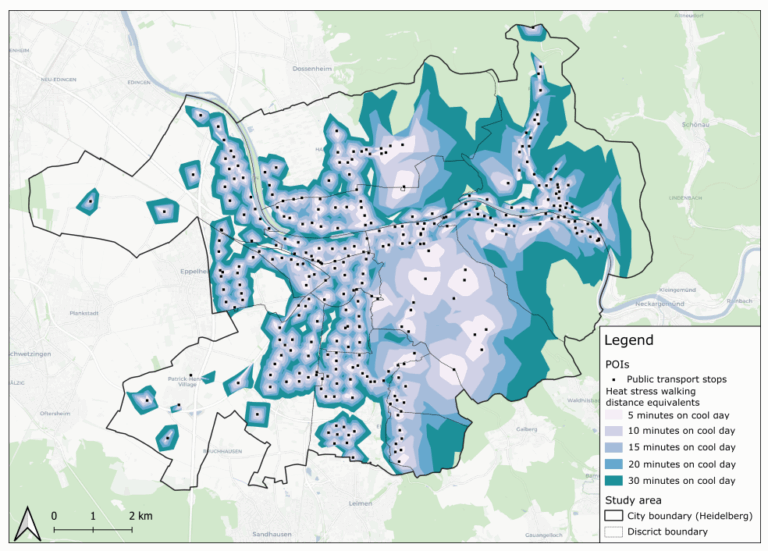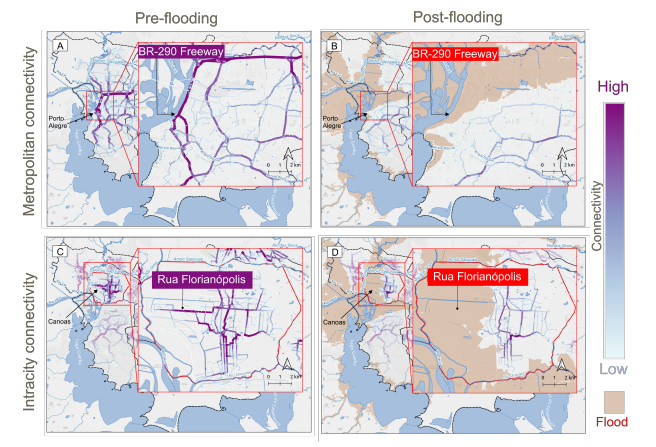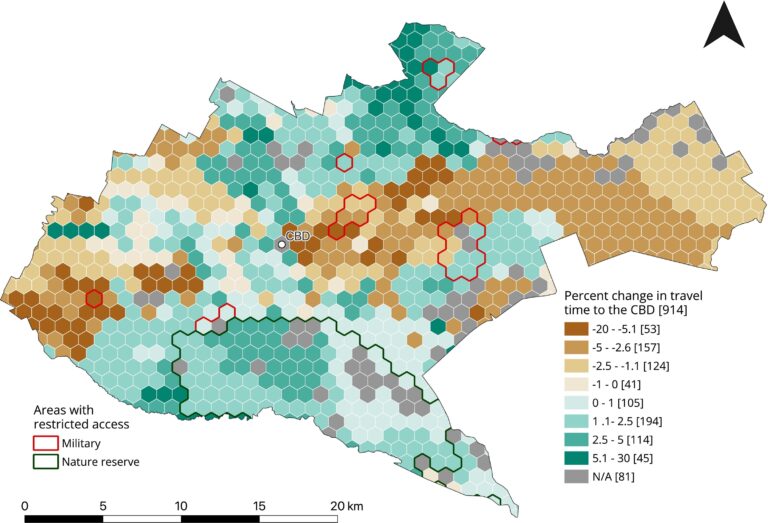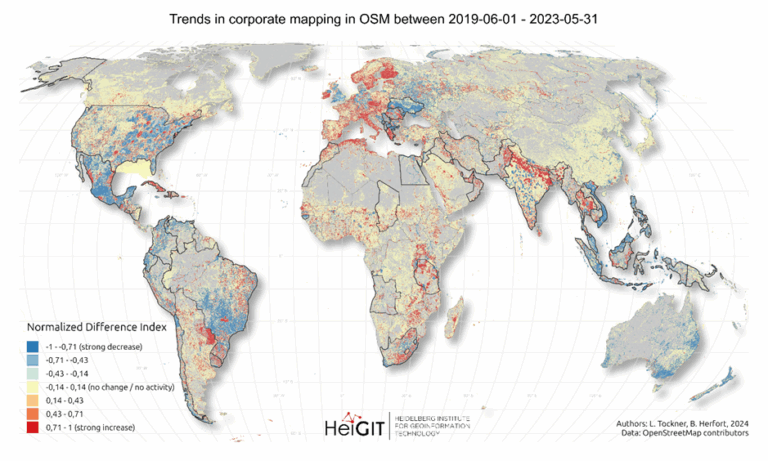Aner Martinez-Soto, Johannes Fürle and Alexander Zipf published the paper “Urban Heat Island Intensity Prediction in the Context of Heat Waves: An Evaluation of Model Performance”. It was presented at the 9th International Conference on Time Series and Forecasting in Gran Canaria, Spain, on 12th – 14th July 2023.
Due to Climate Change urban heat islands, characterized by higher temperatures in cities compared to surrounding areas, become increasingly a challenge to deal with. However, existing models often underestimate the intensity of these heat islands compared to empirical measurements. The paper by Martinez-Soto et al. addresses this problem through an hourly time-series-based model for predicting heat island intensity during heat wave conditions. The model was developed and validated using empirical data from the National Monitoring Network in Temuco, Chile. Results indicate a strong correlation (r > 0.98) between the model’s predictions and actual monitoring data. Moreover, the study emphasizes the importance of considering the unique microclimatic characteristics and built environment of each city when modelling urban heat islands. Factors like urban morphology, anthropogenic heat emissions and land cover interact in complex ways, demanding tailored modelling approaches for the accurate representation of the heat island phenomena. Find out more about this topic in the paper.
- Martinez-Sotot, A.; Fürle, J.; Zipf, A. (2023): Urban Heat Island Intensity Prediction in the Context of Heat Waves: An Evaluation of Model Performance. Eng. Proc. 2023, 39(1), 80; https://doi.org/10.3390/engproc2023039080





